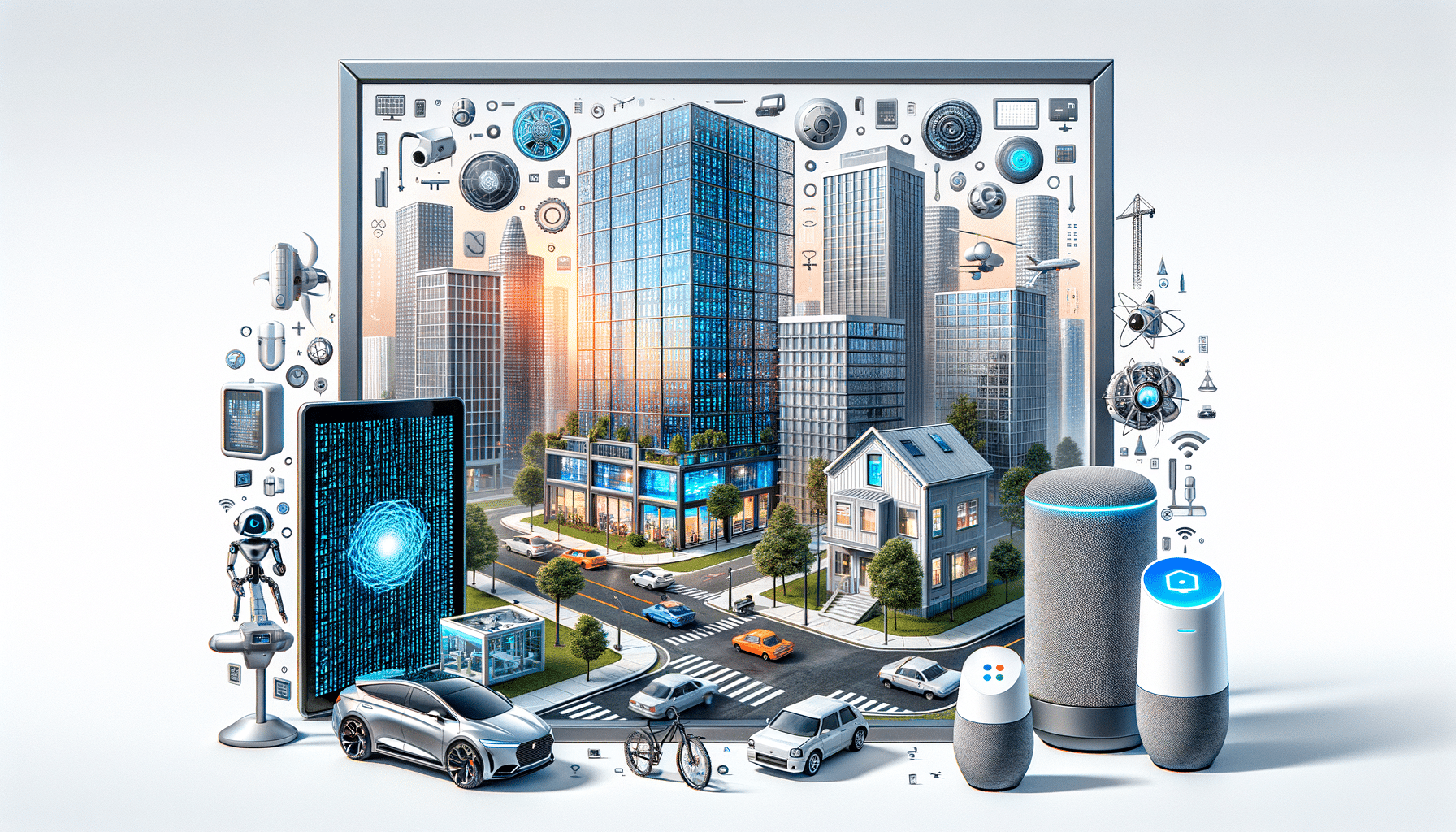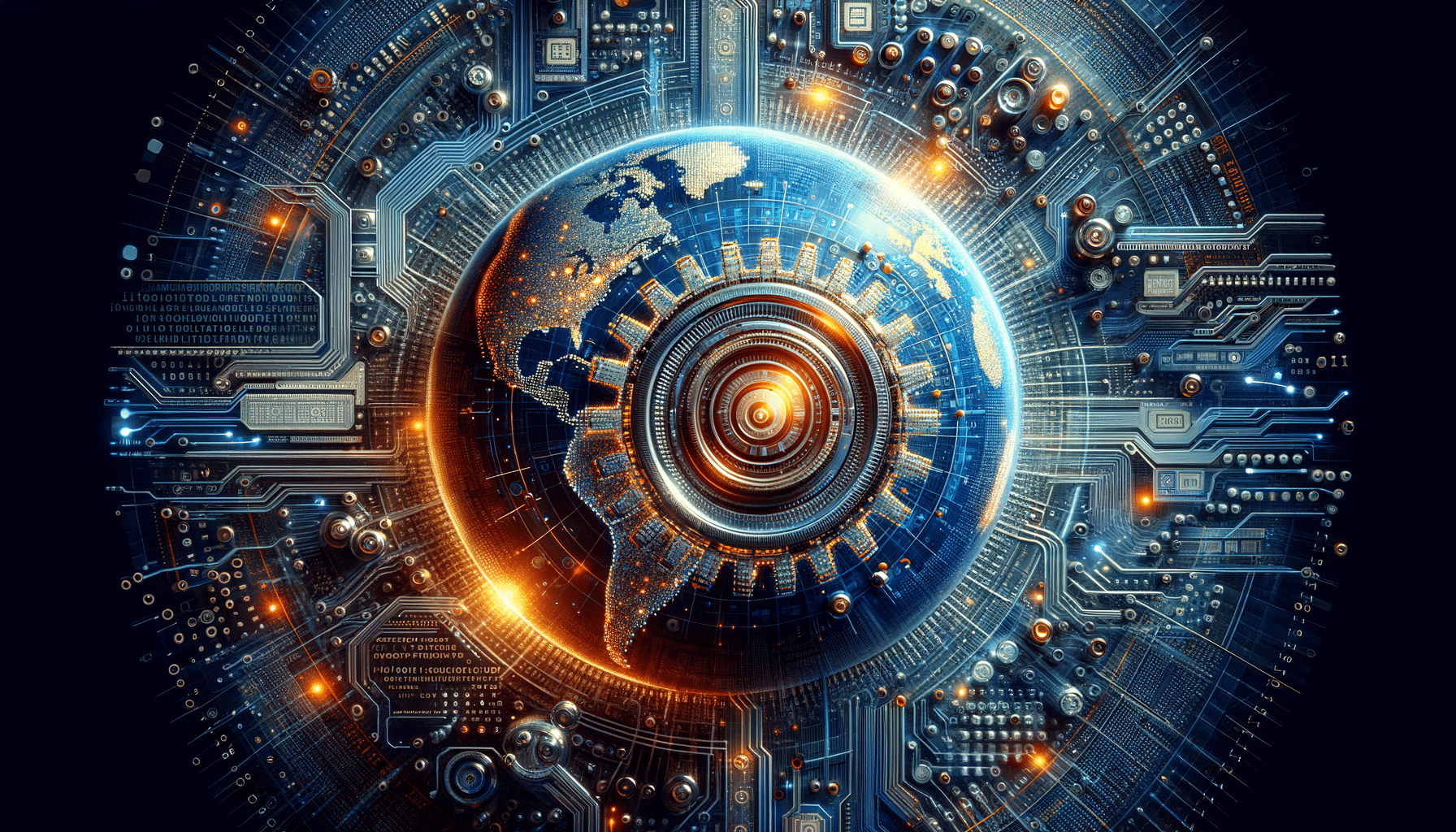
Understand the impact of Generative AI in your daily life
Introduction to Generative AI
Generative AI is a transformative technology that is reshaping various aspects of our lives. From creating art to developing sophisticated models for businesses, the applications of generative AI are vast and varied. This article explores the impact of generative AI on daily life, offering insights into its potential and challenges. As technology continues to evolve, understanding its implications becomes crucial for individuals and organizations alike.
The Science Behind Generative AI
At its core, generative AI refers to algorithms that can create new content. These algorithms are typically based on deep learning models, such as Generative Adversarial Networks (GANs) and Variational Autoencoders (VAEs). GANs consist of two neural networks: a generator and a discriminator. The generator creates samples, while the discriminator evaluates them. This process continues until the generator produces outputs indistinguishable from real data.
VAEs, on the other hand, focus on learning the underlying structure of data to generate new instances. These models are particularly effective for tasks that require understanding complex data patterns. The science behind generative AI is rooted in mathematics and data science, making it a fascinating field for researchers and practitioners.
Applications in Everyday Life
Generative AI has found its way into numerous areas of daily life. In the realm of entertainment, it is used to create music, art, and even scripts for movies. The technology allows artists to explore new creative avenues and produce content that was previously unimaginable.
In business, generative AI is employed to optimize processes and improve decision-making. For instance, it can generate realistic simulations for training purposes or create synthetic data to enhance machine learning models. The healthcare industry also benefits from generative AI, where it aids in drug discovery and the development of personalized treatment plans.
Challenges and Ethical Considerations
Despite its potential, generative AI poses several challenges and ethical dilemmas. One major concern is the creation of deepfakes, which are hyper-realistic fake videos or images. These can be used to spread misinformation or damage reputations, raising questions about accountability and authenticity.
Another issue is the potential for bias in AI-generated content. If the training data is biased, the AI’s outputs will likely reflect those biases. This highlights the importance of using diverse and representative datasets. Additionally, the environmental impact of training large AI models cannot be overlooked, as they require significant computational resources.
The Future of Generative AI
Looking ahead, the future of generative AI is both promising and uncertain. As technology advances, we can expect more sophisticated and versatile applications. Researchers are working on making AI models more efficient and accessible, which could democratize the technology and enable broader adoption.
However, the ethical and practical challenges must be addressed to ensure that generative AI is used responsibly. Collaboration between technologists, policymakers, and ethicists will be essential in shaping a future where AI benefits society as a whole.


